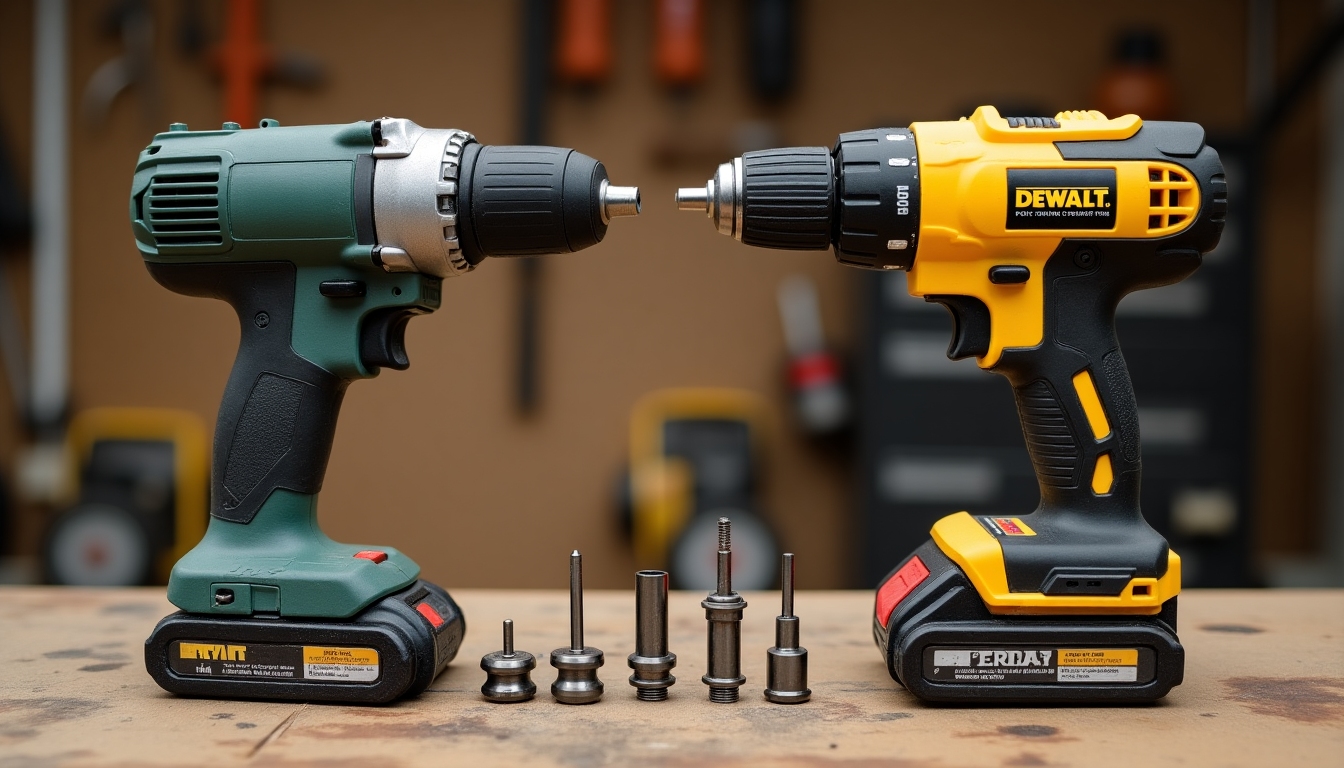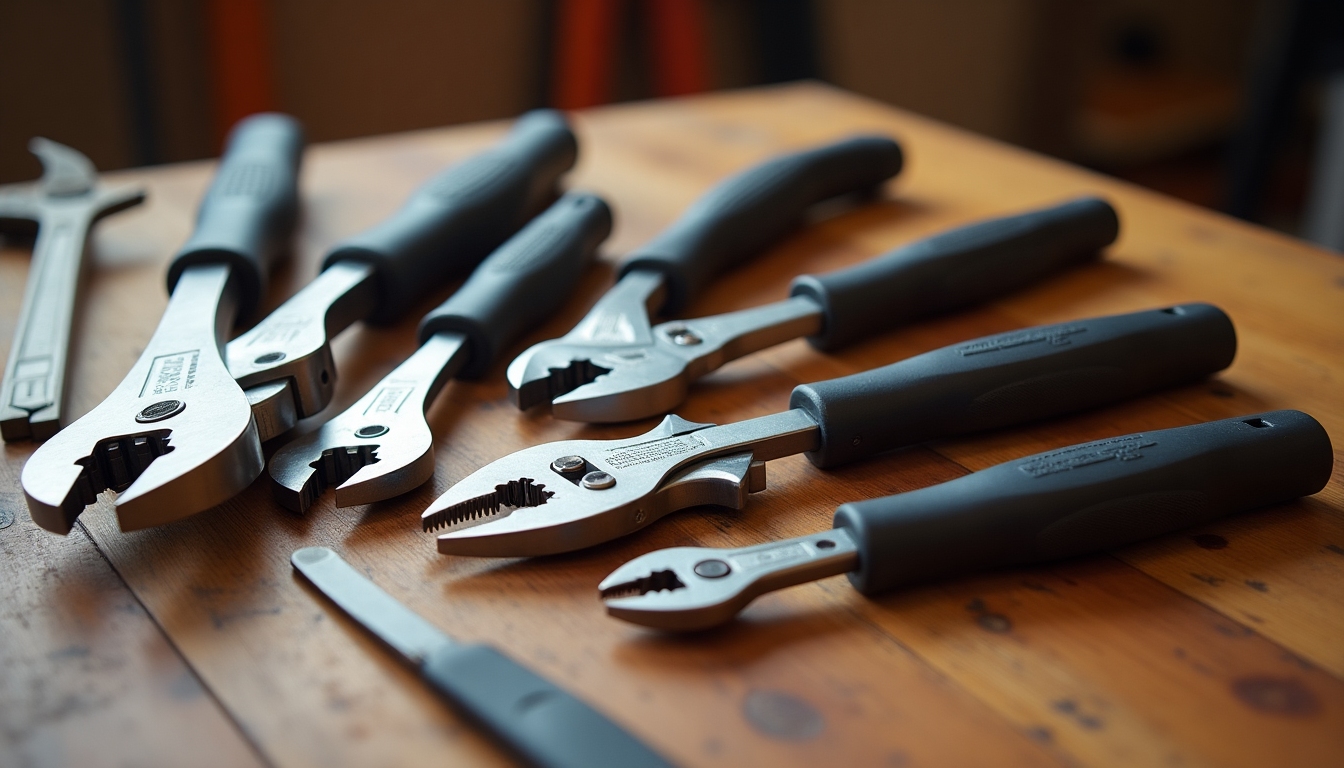Overview
Organizing workman tools in a small space can transform a chaotic area into an efficient, easy-to-navigate workspace. With a little creativity and strategic planning, even the smallest spaces can be both functional and tidy.
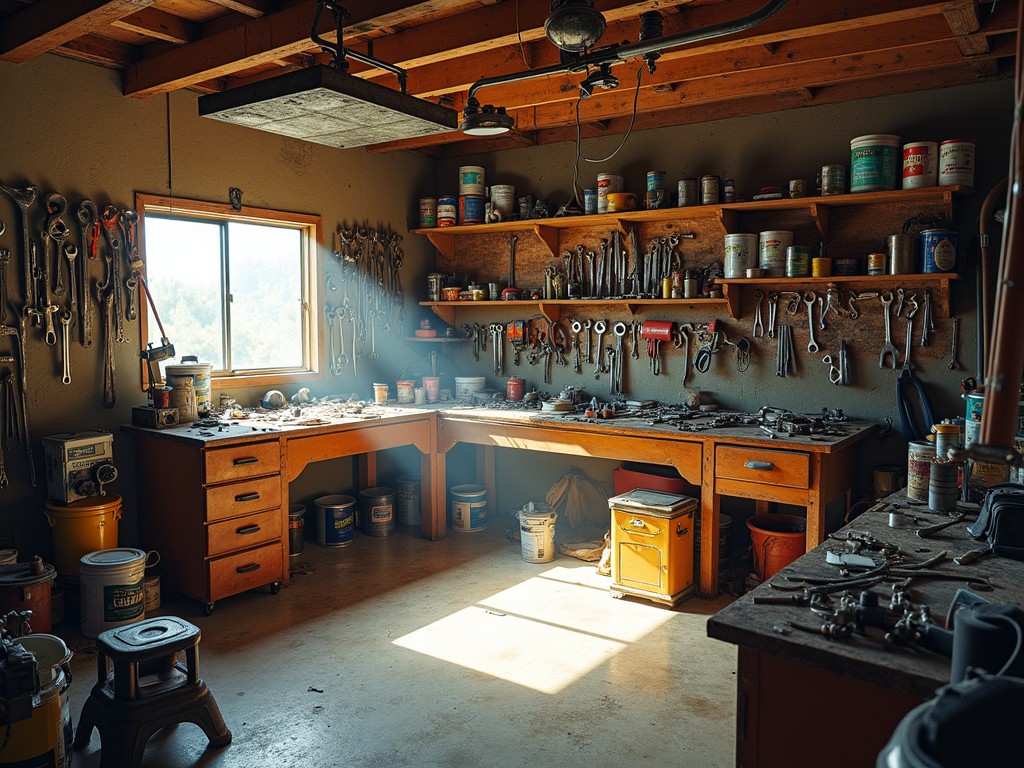
Understanding Your Space
Before beginning any organization project, assess your workspace. Measure the dimensions and take note of any structural elements like support beams or windows that may affect storage options. An effective organizer knows their environment intimately, ensuring every inch is utilized.
Types of Workman Tools
When tackling the task of arranging workman tools, start by categorizing them:
- Hand Tools: Hammers, screwdrivers, wrenches
- Power Tools: Drills, saws, sanders
- Painting Tools: Brushes, rollers, trays
By grouping similar items, you can plan your storage solutions accordingly.
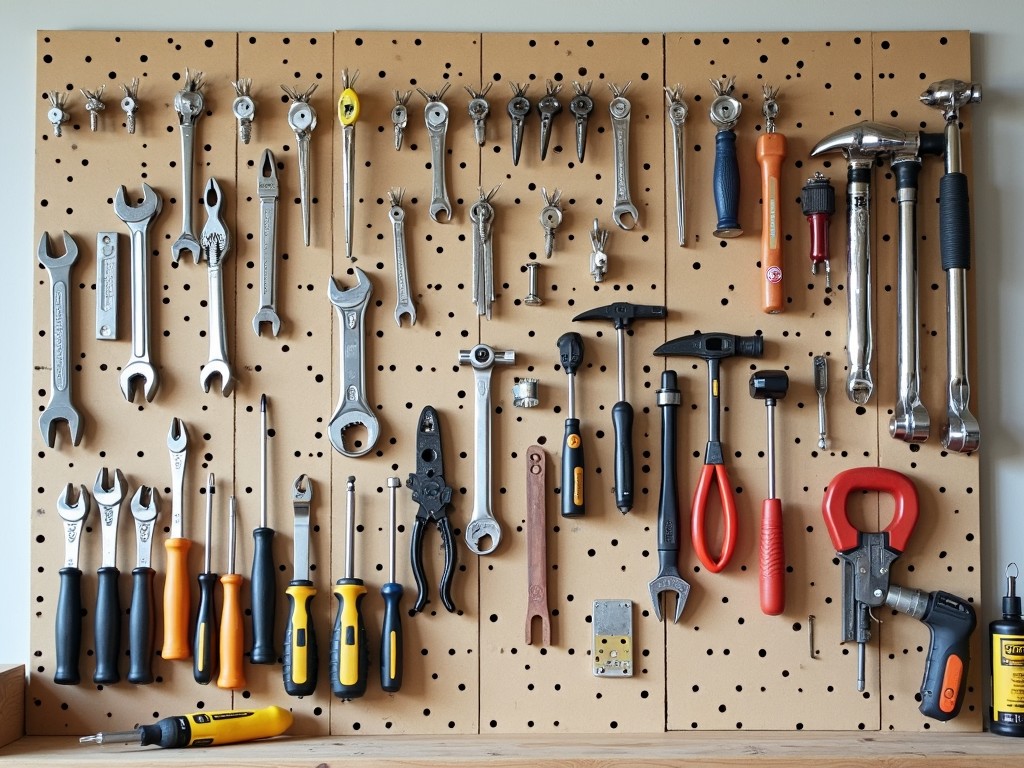
Prioritize Accessibility
The most frequently used tools should be within easy reach. Consider installing a pegboard on a central wall; this keeps tools visible and accessible. Tools used less often can be stored on shelves or in cabinets. A good rule of thumb: if a tool is used weekly, it shouldn’t be hidden away.
Creative Storage Solutions
Shelving Units and Cabinets
Invest in vertical shelving units to take advantage of wall space, storing larger items like power tools safely above ground level. Cabinets with clear doors or labels help in quickly identifying the contents.
Magnetic Strips and Hooks
For frequently used metal tools, magnetic strips are lifesavers. They securely hold items like screwdrivers and pliers, saving drawer space. Meanwhile, sturdy hooks can hold larger items such as extension cords or protected safety gear.

Utilize Clear Containers
Small items like screws, nails, and bolts can easily get lost. Clear plastic containers help keep these small items visible and quickly accessible. Consider labeling each container for even better organization.
Personal Experience: My Garage Overhaul
Last year, my garage was the epitome of chaos. With a growing collection of painting tools and woodworking equipment, finding anything was nearly impossible. After implementing a few strategies:
- Pegboards: Installed on both sides of my workbench, they keep all tools visible and within reach.
- Custom Shelving: Built shelves along the back wall for power tools, with added sliding plastic bins underneath for smaller items like sandpaper and paints.
The transformation was dramatic, creating a more inviting and functional space.
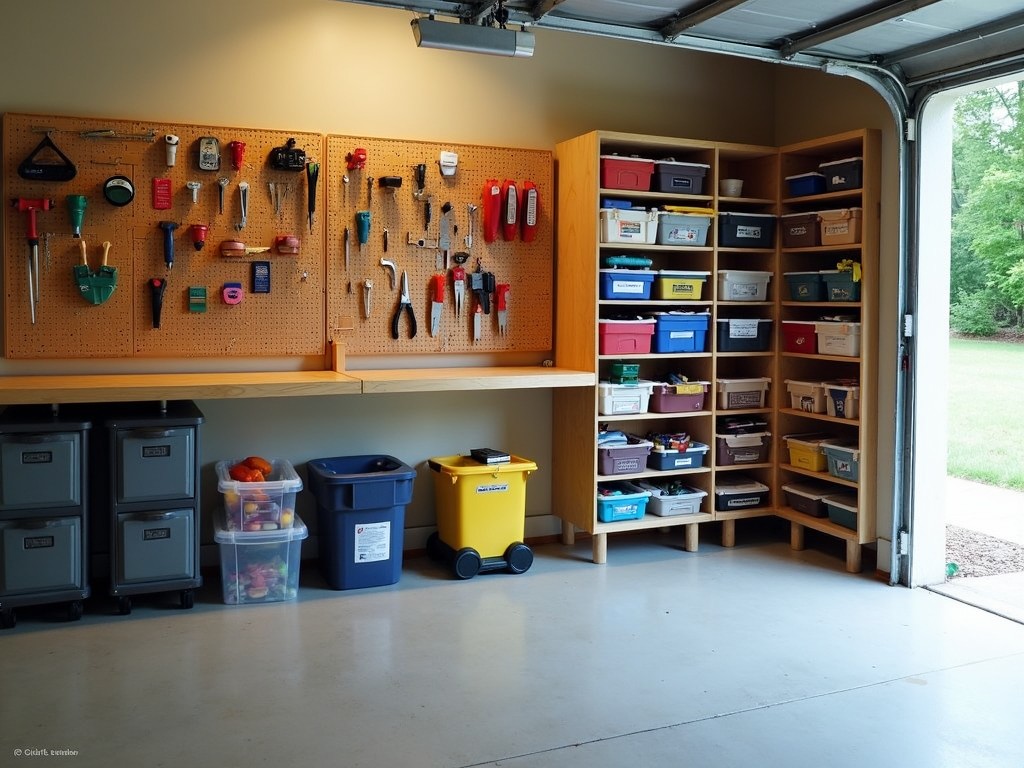
Maintenance Tips
The key to sustained organization is regular maintenance. Dedicate time weekly to return tools to their designated spots. Twice a year, evaluate your tools, donating or selling duplicates and rarely used items.
Conclusion
Creating an organized workman tools space in your garage or shed takes time and effort, but the payoff in usability and efficiency is invaluable. Implement these techniques to reclaim your space, making your tool area a testament to your skill and dedication.
Related organizing workman tools in a small space:
- Maximizing Small Workshop Spaces: A Workman's Guide to Efficiency
- Comprehensive Guide to Hand Tools Storage Solutions
- How to Organize Tools in a Small Workshop
- Top Electrical Tools for Wiring and Installations
- The Essential Guide to Rotary Tools for Jewelry Making
- Key Features to Look for in Cordless Power Tools
- Mastering Workbench Efficiency: A Comprehensive Guide
- Essential Workman Tools for Contractors: A Comprehensive Guide
- Top Power Washer Accessories for Better Cleaning
- Power Drills with Multiple Attachments: A Comprehensive Guide
- Mastering Power Washer Troubleshooting and Repair
- Choosing Ergonomic Hand Tools for Reduced Strain




